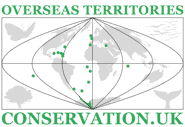Oceans and Seas
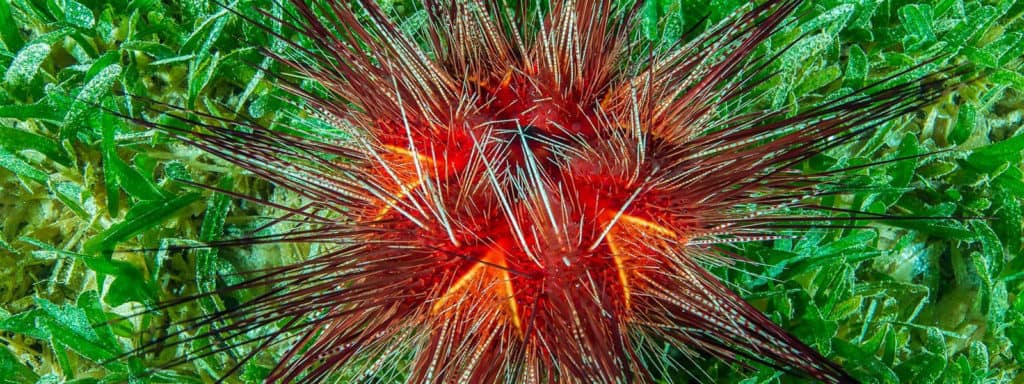
Rich waters
Although much of the waters which surround the UK Overseas Territories are understudied, those which have been surveyed have been shown to be exceptionally biodiverse.
Recent scientific surveys in Pitcairn, in preparation for the declaration of a marine protected area, have uncovered a veritable ‘ark’ of species from the inshore down to the deep-sea vents.
A current project on Ascension Islands has contributed to the knowledge of its waters by collecting data from 15 species of shark, fish, birds and turtles, in order to work out how best they can benefit from different scales of marine protection.
The waters around Alderney, part of the Baliwick of Guernsey, have over 100 species of seaweed and important populations of seabirds including their gannet colony at Les Etacs and puffin nesting sites at Burhou.
Several species of sea turtle feed and nest in UKOT waters. Several such as the green Chelonia mydas have nest sites in Anguilla, Ascension Island, the BIOT, the British Virgin Islands, the Cayman Islands, Cyprus Sovereign Base Areas, Henderson Island (Pitcairn), Montserrat and the Turks and Caicos Islands.
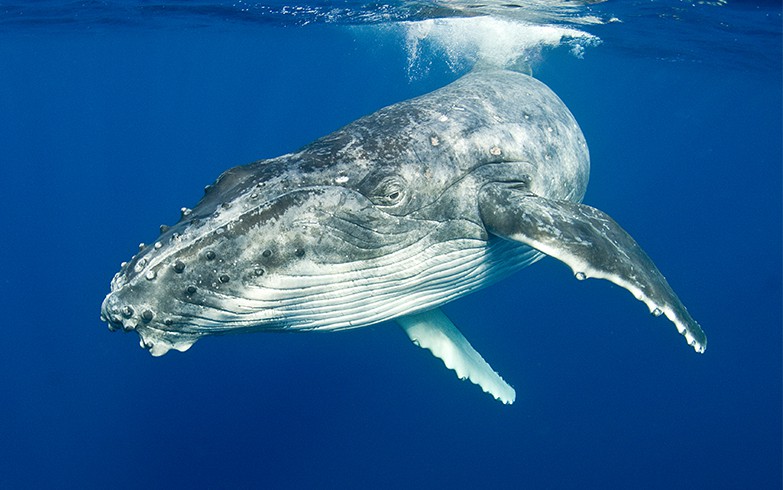
Coral reefs
In terms of reef areas, the total reef area inside the UK Overseas Territories mapped by the Millennium Mapping Project is 4,712km2. This means that the UK, which is responsible for biodiversity in the UKOTs under international conventions such as the CBD, is the twelfth reef national in the world.
For an overview of the reefs of the UKOTs see Sheppard, C.R.C (2013) Coral Reefs of the United Kingdom Overseas Territories. Springer Science.
2018 was the Year of the Coral Reef in recognition of their important to life on earth and their vulnerability due to changes in sea temperature brought on by climate change.
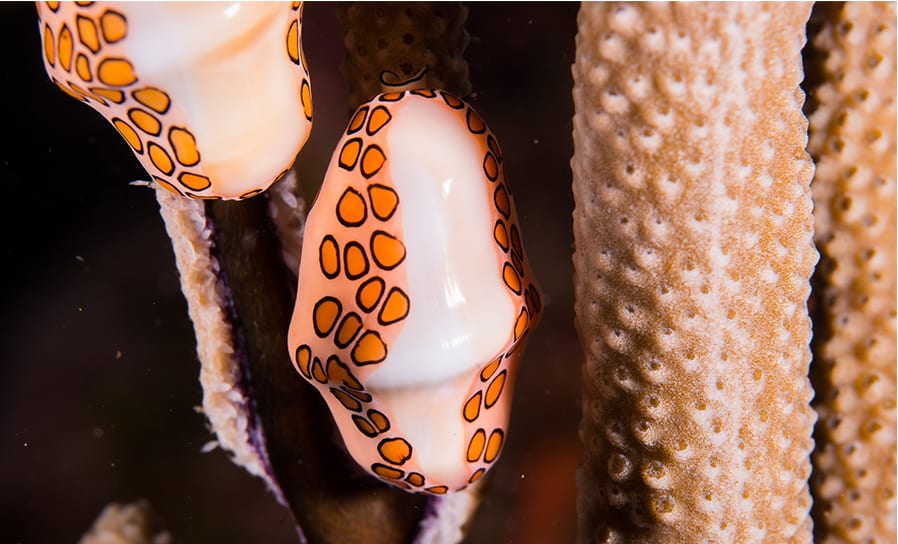
Large EEZ and MPAs
The UK’s Overseas Territories and Crown Dependencies have massive marine areas, covering 6,805,586 square kilometres, making the UK’s exclusive economic zone (EEZ) the fifth largest in the world, not include British Antarctic Territory.
Most have some form of marine protected areas, although with such vast areas of ocean to protect, it means that some of these areas are open to illegal and unregulated fishing, which is a challenge. For example, the EEZ of the 4 Pitcairn Islands, with a population of around 40 residing on Pitcairn Island, spans a vast area of ocean of about 836,000 km2, more than three times the size of the UK.
The Chagos Archipelago, part of the British Indian Ocean Territory, covers an area of 550 000 km2.
Since around 2012, significant progress has been made in British Gibraltar Territorial Waters (BGTW) in relation to marine biodiversity research and conservation. HM Government of Gibraltar (HMGoG) conducted a full bathymetric survey which was hugely beneficial for the publication of Marine Protection Regulations given that it provided vital information on Gibraltar’s marine habitats, including the Southern Waters of Gibraltar EU Marine Special Area of Conservation/Special Protected Area. This and other work has lead to a Programme of Measures under the Marine Strategy Framework Directive (MSFD).
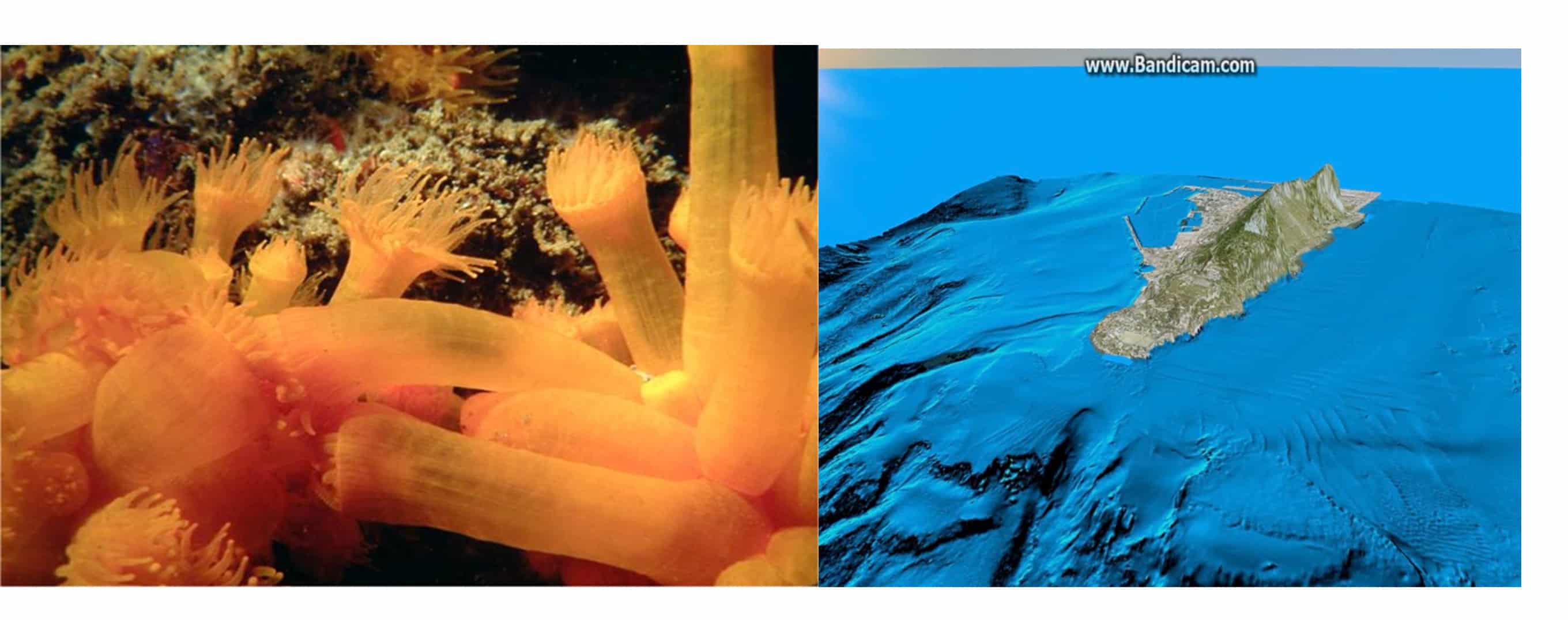
The high seas
In the high seas, the UKOTs have some unique ecosystems including the sub-polar Antarctic region and in the mid-Atlantic e.g the Sargasso Sea.
Maritime Heritage
Many of the UKOTs have a long maritime history. A well-known example which has gained worldwide interest is Pitcairn’s marine cultural heritage Bounty Mutineers and Pre historic Polynesian History. The Turks and Caicos Islands National Museum displays the Molasses Reef Wreck, which is dated to 1505 and is considered to be the oldest shipwreck located in the Americas.
Our role
Many of the UKOTs have a long maritime history. A well-known example which has gained worldwide interest is Pitcairn’s marine cultural heritage Bounty Mutineers and Pre historic Polynesian History. The Turks and Caicos Islands National Museum displays the Molasses Reef Wreck, which is dated to 1505 and is considered to be the oldest shipwreck located in the Americas.
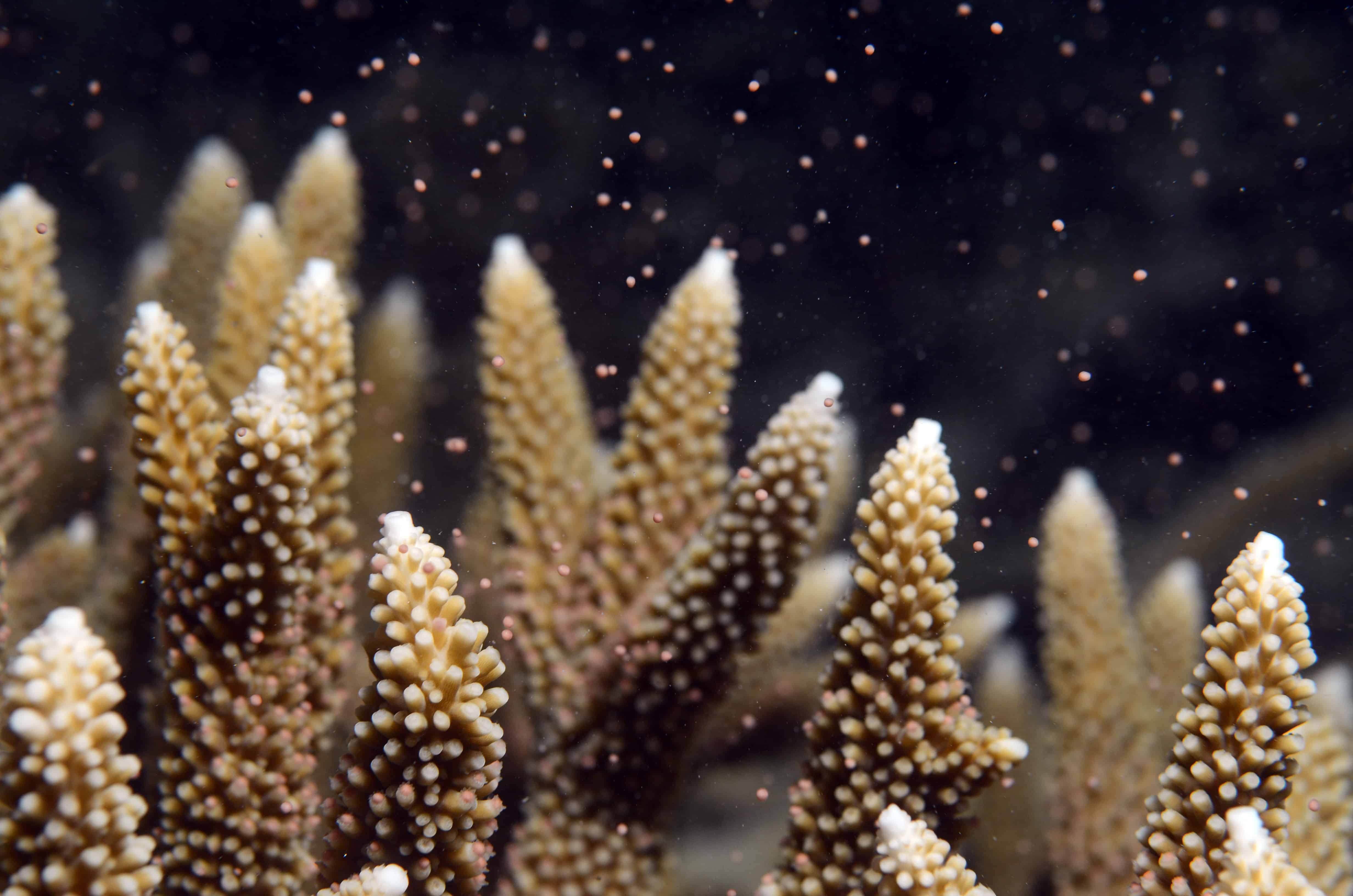
Another core aspect of our work is to bring people together. At the Marine session at the Sustaining Partnerships, conference participants from across the UKOTs and CDs discussed a wide variety of challenges, issues and ways to overcome these, including where marine management based on sound scientific data, which unfortunately is lacking in many due to small pool of resources and specialists.
From the conclusions:
Whilst some UKOTs/CDs have scientifically based marine resource management resulting in MSC-certified fisheries, there is a history in some others of failed management action or attempted action being made in the absence of sound scientific data and without clearly defined objectives.
There is a general lack of resources necessary for undertaking scientific research and monitoring, and a need for capacity building within the UKOTs and improved information sharing amongst UKOTs/CDs.
Other UK support
In part from the success of the David Attenborough’s BBC1 series Blue Planet, in the UK, work with several UKOTs has been supported by the Great British Oceans initiative (#BackTheBlueBelt) and UK Government’s Blue Belt Programme
As part of the Britain’s Treasure Islands project, 42 mini-documentaries were created on a tiny budget using funds raised through KickStarter.com, with the help of UKOTCF, and donations from several organisations and individuals
Marine life of the UK Overseas Territories
